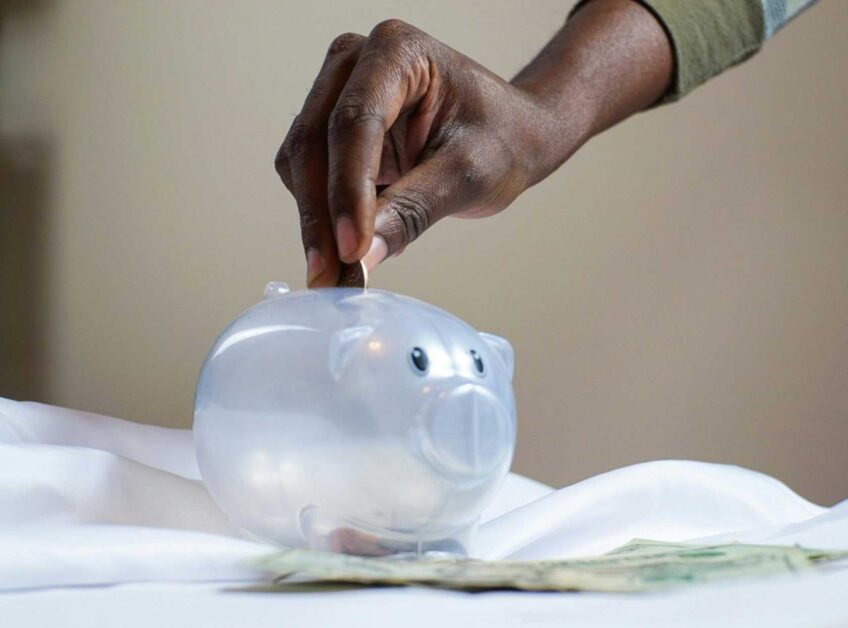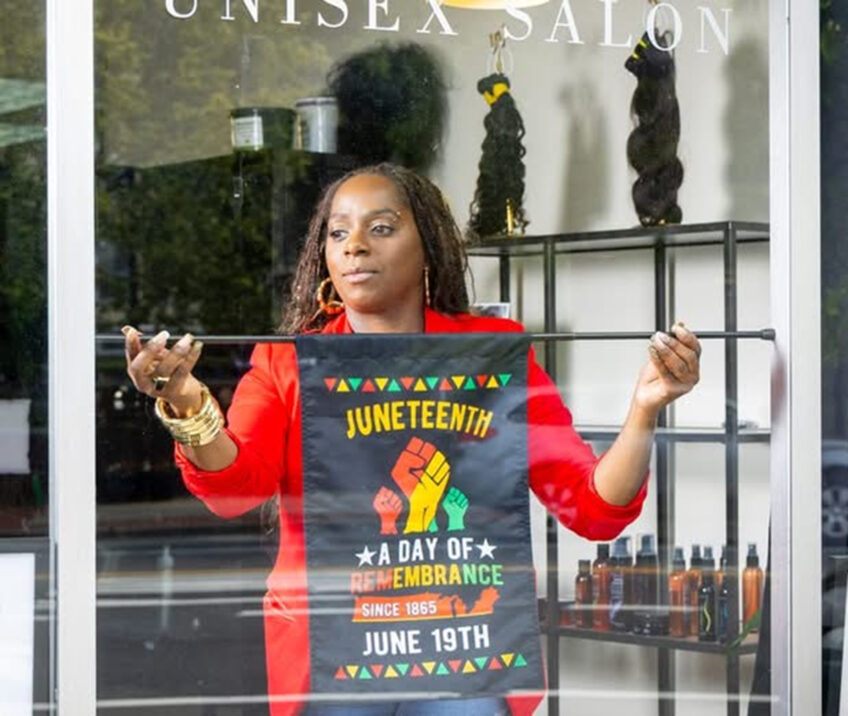
Erin McCormick is the new Director of the Entrepreneurship Center at UMass Boston. The Center believes that entrepreneurship is about learning how to see opportunity and create value. She is working to promote entrepreneurs of all kinds, including “intrapreneurs,” or entrepreneurs who bring an innovative mindset to companies. The Center is running a Business Boot Camp for Women.
How did you get interested in entrepreneurship?
I was an art and psychology major at Smith. I love to create and bring visions to life and I have a talent for executing a vision. I fell into computer and software design by accident. It was a kind of baptism by fire. The computer company I worked for got a huge order for computer games. I worked with an MIT graduate who did not know design, and I knew design but knew very little about computers. This experience taught me what it was like to explain complicated things in simple terms. I learned how to speak “geek” and “CEO.” Since then, I have made a career of being a translator. After that, I became CIO of two companies and started three companies. I also worked at Babson helping them to develop a new way of teaching for the new economy.
Tell me about your approach to teaching entrepreneurship.
When I turned 50, I wrote a book called “Year of Action.” I had been blogging for years, and people had asked me when I would write a book. When I was on my book tour, women would scribble down my advice on how to start a business, and I realized that women weren’t getting this kind of information. So I experimented with a five-week pilot program. I called it “The Girlfriend MBA” as a way to take the intimidation out of learning about technology and business and make it more like having coffee with girlfriends. From there, my work grew. I began working with entrepreneurs from several countries, including high school students, college students, MBAs and business owners. I even taught a program in Brazil to young people inside the favelas, or slums, in Sao Paulo.
I call this model of teaching E2B, which stands for Entrepreneurs to Business. We flip the model of teaching. Typically, entrepreneurs come up with ideas, search for funding to develop their idea — and then search for customers. We decided to turn this around. Rather than start with an idea, we begin with customers who have a problem and search for a solution. Mentors provide advice and support.
It’s like a middle school dance, where you have boys on one side of the room and girls on the other. You need to bring both sides together. It’s the same with the business community and entrepreneurs. The business community has problems that need to be solved, and they rarely can find solutions sitting in their cubicles; entrepreneurs have great ideas, but limited cash and customers. They need to connect with each other. Our students talk with CEOs, they learn the business model and then they come up with innovative solutions. Before we start a company, we make sure there are customers.
Is it possible to teach entrepreneurship?
Yes! The key thing is to teach a possibility mindset — you don’t have to have all the answers; you start by thinking of what would be a possible solution. This is how disruptive innovation happens. One of the ways we teach is to have students help solve real problems in the business world, with mentoring from professors. For example, we had a real business issue that was causing a large farm to lose more than a million dollars a year. The farmer had a problem with sick cows, and did not know how to prevent the sick cows from contaminating other cows. As a result, the cows were dying. The students came up with some brilliant ideas, including using technology to address the problem. For example, they thought to implant a chip in the cows that would measure their temperature. All the cows would have “day-glow” collars, and the chip would light up the collars on the ones that were sick so they could be easily identified and separated from the healthy cows.
What are your plans for promoting entrepreneurs at UMass Boston?
I am loving the UMass Boston students! They have a natural entrepreneurial spirit. So many of them are working full-time and going to school. They make it happen, despite obstacles that may come their way. We are putting that spirit to practical use. I have them out in the community talking to business owners, making presentations, coming up with solutions for real problems in Boston.
I think of it as a new kind of MBA: M is Mindset for success, B is Boosting business skills and confidence, and A is Action for results.
What advice do you have for entrepreneurs?
Entrepreneurs need a new mindset. It’s not enough to have a great idea. People think that if they have a great idea and $10,000 in venture capital, it’s enough to run a business. Yet, so few people get funding — you really need to think differently. I am reminded of a young woman who wanted to start a bakery, but didn’t have enough money to rent and renovate an expensive space. Her idea was to help mothers in low-income housing who didn’t have time to make breakfast for their kids. We helped her think differently. She talked to the landlord of the apartment complex, where there was empty space in the lobby — and she started there in the lobby selling healthy, pre-made items without getting bogged down with a lease. It’s about thinking of what you have and what you can do, without having to spend a lot of money upfront. How can you start with a customer first?
The other advice I have is, don’t be afraid to ask questions or ask for help. Take small steps each day to get you towards your goal. Know that the roadblocks are temporary. There is plenty of work to be done in the world — figure out what problems people are looking to solve and what YOU can do to solve it for them. The more you help people, the more successful you will be.
I learned the hard way that life is short; on the same day that my father died, I was diagnosed with cancer. We cannot wait to do what we love.






